Disco fries, a variation of Quebec’s loaded potatoes (known as “poutine” in the Canadian province), have been called “New Jersey’s greatest contribution to the snack food pantheon.” These French fries, topped with cheese and gravy, originated in the late 1970s in the era of dance clubs, when local discos were in open competition with “Manhattan’s best” and coming into their own.1 Since there were no after-hours clubs on the western side of the Hudson River, extending a night out after closing time meant a trip to the diner—ubiquitous throughout the state and open 24/7. It was on one of those nights at one of those diners (some claim the Tick Tock on Route 3 in Clifton) that someone ordered cheese fries and gravy.
I first heard the term “disco fries” in a writing workshop at Sarah Lawrence; the campus is located in Bronxville, NY, a suburb with a diner in the heart of its downtown, but not the New Jersey kind. I don’t remember the particulars of my classmate’s short story, but I remember the fries. Given that I’d been a waitress in New Jersey (specifically in a diner), from 1975 to 1982, it’s a surprise I hadn’t known of the phrase earlier, but I suspect it took time to cement itself into the culture. Still, I served enough plates of French fries with gravy—though rarely with cheese—and (trigger warning to my family members) consumed enough to have some thoughts about the name that was new to me. A menu item that screams greasy food feels like another pile on of Jersey kitsch.
In the way that Saturday Night Fever was more than a dance movie (telling a story of social class and complex masculinity and what it means to leave home), disco fries, as a sitting-in-the-diner-late-at-night snack tell a story beyond the New Jersey club scene. A bar is where we sit side by side. The red vinyl booths of the Tick Tock, the Summit, the White Mana, the Bendix (and legions of others), tricked out with their Formica table tops, are where we sit across from each other.
In the 1982 film, Diner, Barry Levinson was recreating his own coming-of-age experiences and where he’d hung out with his friends. The place where young men spoke (or didn’t speak) with each other, and achieved their own version of intimacy, was the diner, the central location (and heart) of his film. Barry Levinson reflects the diner is “where all the guys gather” and compares it to a campfire; it was there that they huddled and shared “their romantic failures, their hopes for the future, their fears, and just generally shoot the s---.”
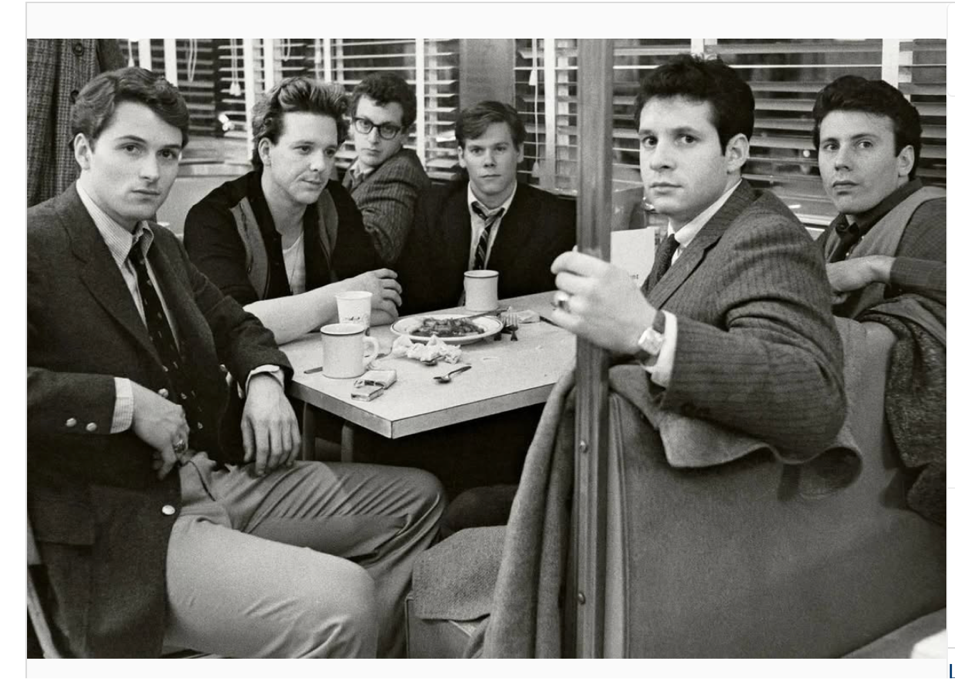
Fittingly, the actual diner in the film (shot in Levinson’s Baltimore) was taken from a “diner graveyard” in New Jersey and transported down the East coast by flatbed. Jersey diners have a way of creeping into film. The White Mana in the Bob Dylan biopic A Complete Unknown.
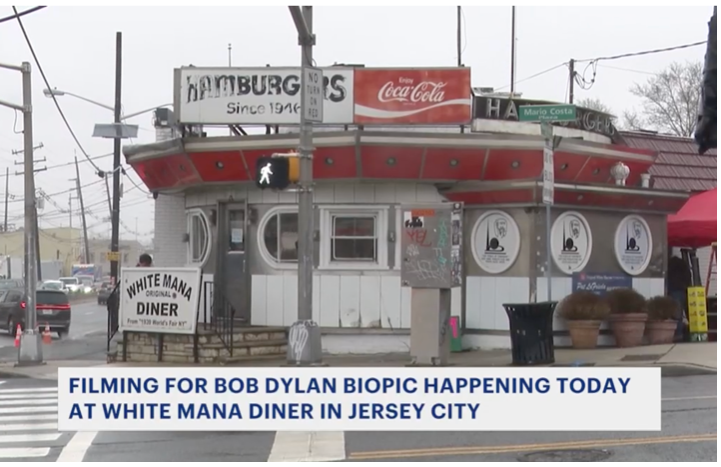
The Bendix has its own documentary. Holstein’s Ice Cream was the setting for the final scene of The Sopranos, and like John Travolta’s white three-piece suit (purchased by the film critic Gene Siskel), the booth from Holstein’s went up for auction, and sold for $82,000.
In real life, writers, again, and again let us know that these are the places we call home.
The 2017 closing of the Egg Platter in Paterson, after seventy years, spurred a former resident to drive seven hours each way from Virginia for a last meal. Several of these classic, stainless steel designs, including The Egg Platter, were made right in the city at the Paterson Wagon Company (trade name, Silk City Diners), and quite a few—the Miss Albany Diner and the Park Diner—are on the National Register of Historic Places. The Egg Platter was so beloved, it found a new home within the Paterson Museum.
Disco fries have their 1970s origin story, and perhaps the name will always be linked to the vibrant club scene of the day. Like all good stories, all good food stories, there’s a hint of something lurking beneath. Disco fries went from late night snacks to classic diner fare as “…former party-goers and club kids from the '70s, no longer dancing all night … [returned] with their families to seek a nostalgic taste of their youth,” recalled Niko Hatzigianakis, a long-time Tick Tock diner employee.
“And suddenly the memory revealed itself.”
— Marcel Proust, In Search of Lost Time
This Week’s Recommended Reading
“Breakfast on the Mother Road” from
This Week’s Recommended Music
“Tom's Diner” by Suzanne Vega (on Spotify and Amazon Music)
Just One More Thing
Do you have a favorite diner? Favorite food memory?
Morning News, “Disco-Goers – The Beat Goes on in New Jersey,” (December 17, 1977).







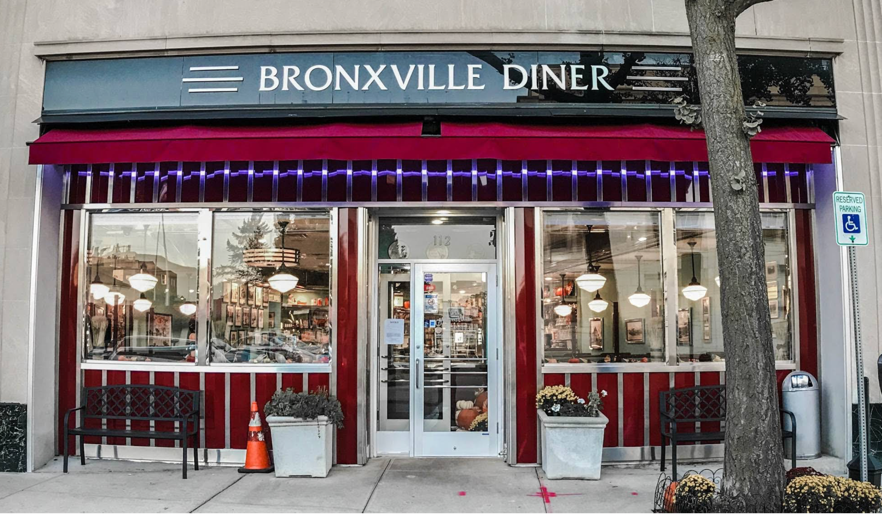
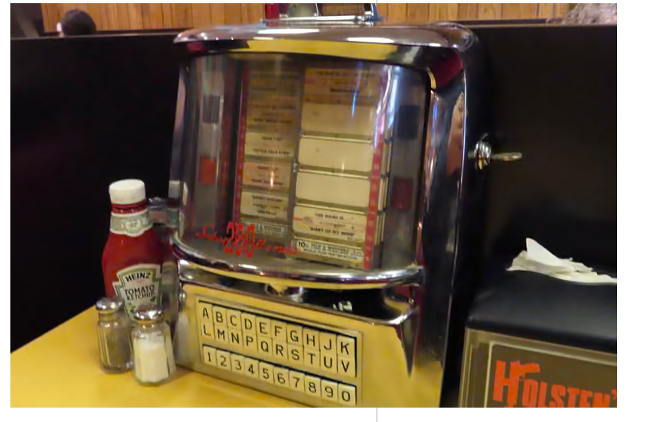
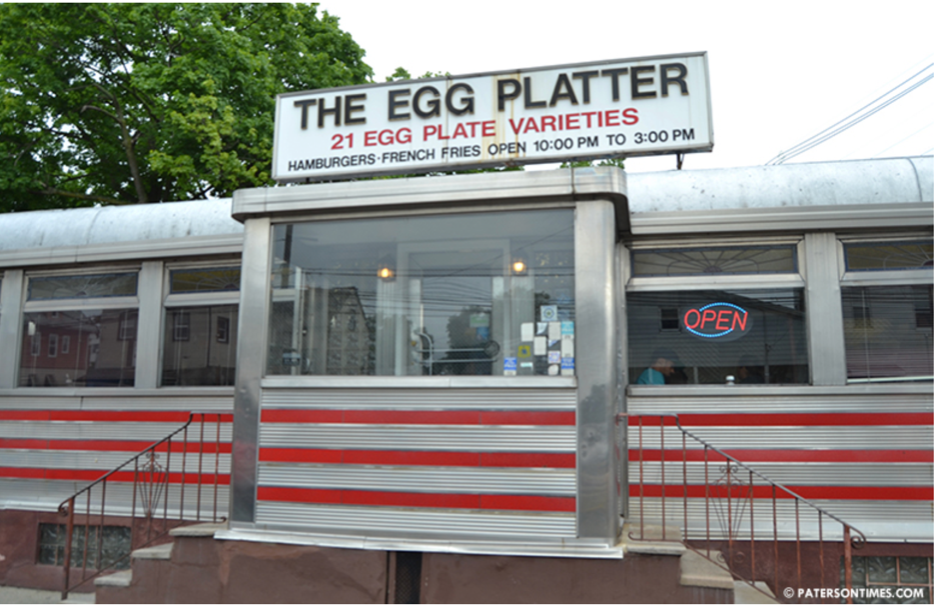
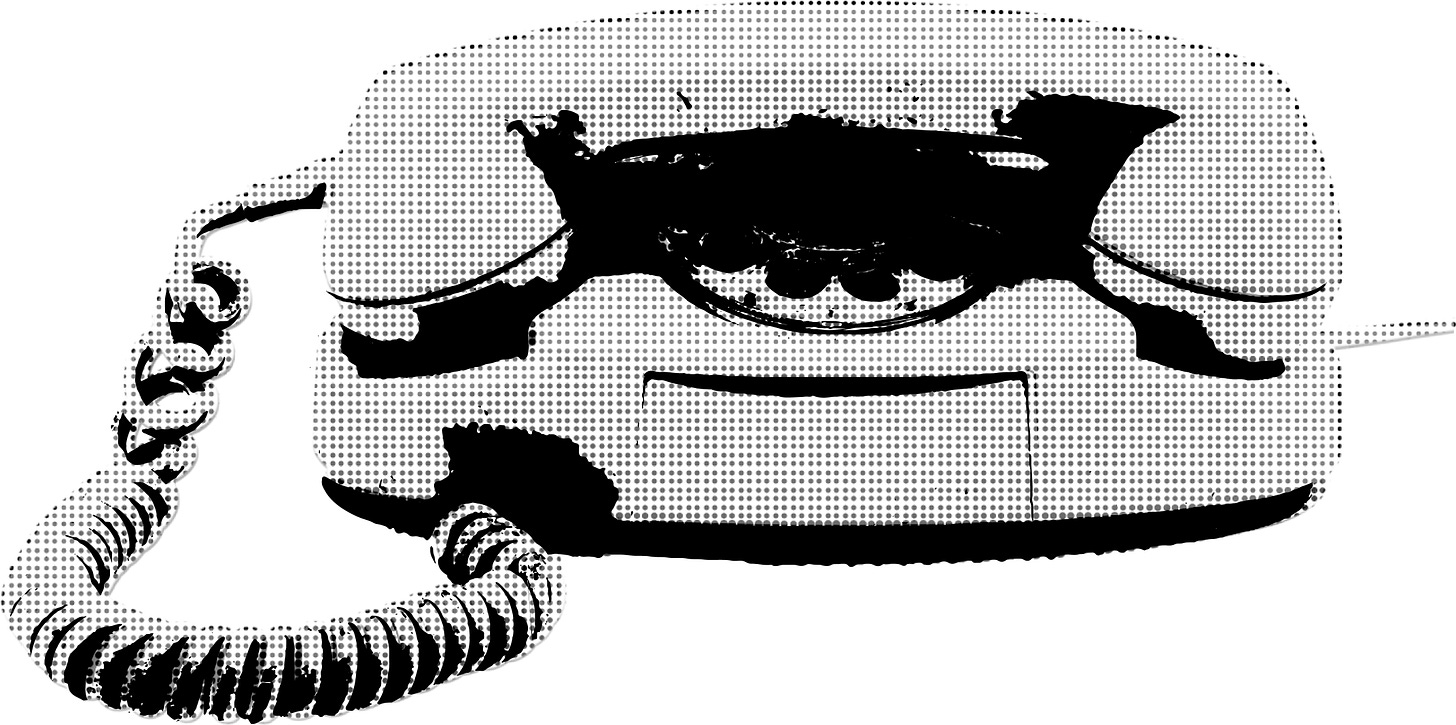
I vividly remember my first trip to a Jersey diner—the menu was like Infinite Jest. It was endless. I’d never seen anything like it.
Thank you for the shout out, Melanie! Am going to read your piece now!